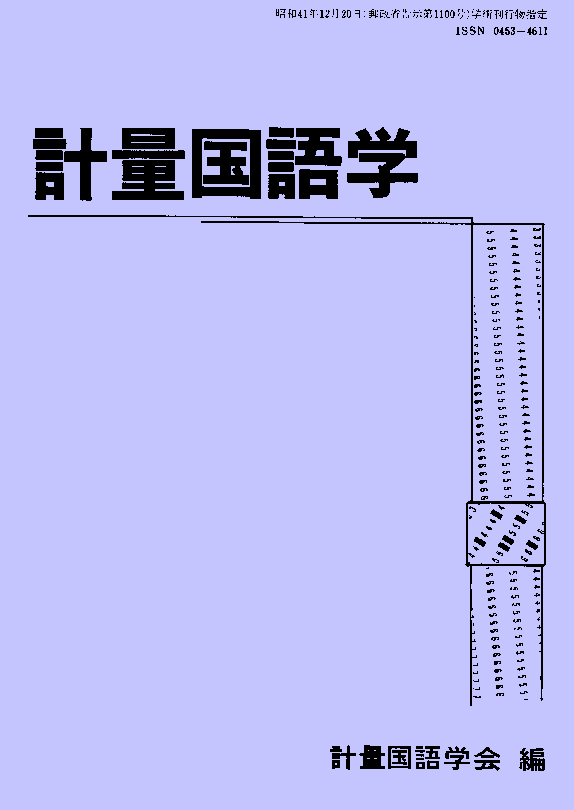Volume 31, Issue 8
Displaying 1-3 of 3 articles from this issue
- |<
- <
- 1
- >
- >|
Special Issue 2016 on "Web Corpus"
-
Article type: Paper B
2019Volume 31Issue 8 Pages 537-554
Published: March 20, 2019
Released on J-STAGE: March 20, 2020
Download PDF (1083K)
Paper B
-
Article type: Paper B
2019Volume 31Issue 8 Pages 555-571
Published: March 20, 2019
Released on J-STAGE: March 20, 2020
Download PDF (797K)
Tutorial
-
Article type: Tutorial
2019Volume 31Issue 8 Pages 572-588
Published: March 20, 2019
Released on J-STAGE: March 20, 2020
Download PDF (496K)
- |<
- <
- 1
- >
- >|
